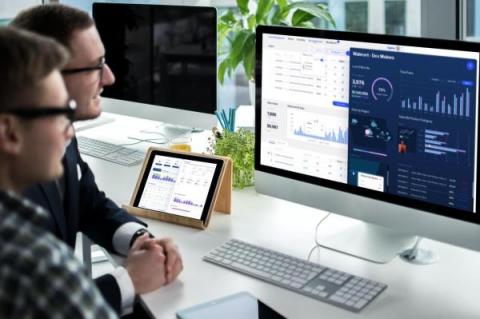What is natural language generation?
From artificial intelligence (AI) to machine learning (ML) to conversational chatbots, the tools we use to interact with and consume information are rapidly changing thanks to powerful new technologies that make understanding our data more accessible than ever. One particularly influential field is natural language technology (NLT) and its branches.






